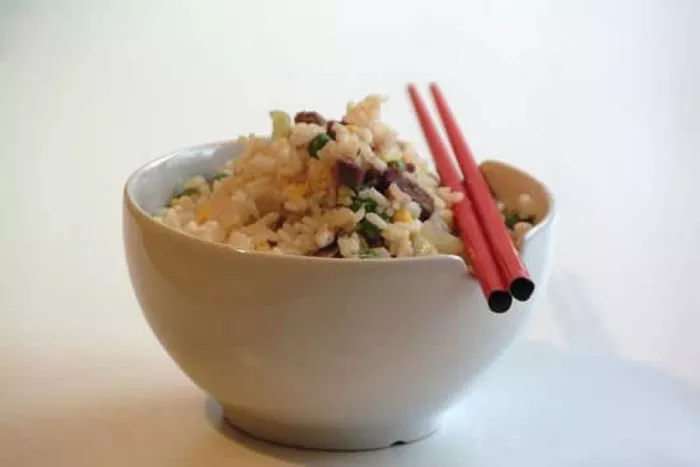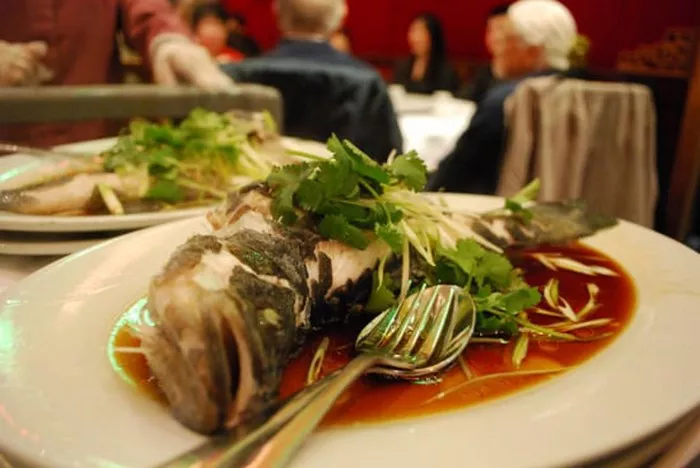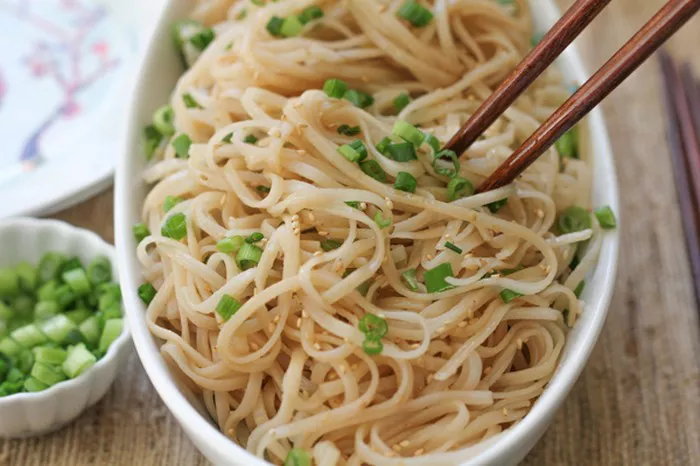Polish Christmas traditions are a blend of centuries-old customs, religious rituals, and heartwarming family moments. These traditions hold a special place in the hearts of the Polish people and are celebrated with great enthusiasm. In this article, we’ll explore the fascinating world of Polish Christmas traditions, diving into various aspects that make this festive season truly unique.
1. The Advent Season: A Time of Preparation
a. The Advent Calendar
The Christmas season in Poland kicks off with the start of Advent, which typically begins on the fourth Sunday before Christmas. One popular tradition during this time is the Advent calendar. These calendars often have 24 small doors, each concealing a surprise, usually a piece of chocolate or a small toy. Children eagerly open one door per day, counting down to Christmas Eve.
b. Lighting the Advent Wreath
Another cherished tradition is the lighting of the Advent wreath. Each Sunday of Advent, a new candle is lit, symbolizing hope, love, joy, and peace. Families gather around the wreath to say prayers and reflect on the upcoming birth of Jesus.
2. Christmas Eve: The Most Important Day
a. The Wigilia Feast
Christmas Eve, known as “Wigilia,” is the most significant day in the Polish Christmas calendar. It’s a time for family members to come together and share a festive meal. The Wigilia supper consists of 12 meatless dishes, symbolizing the 12 apostles. Some popular dishes include pierogi, borscht, and kutia.
b. Breaking of the Oplatek
Before the meal begins, a special Christmas wafer called “Oplatek” is shared among family members. Each person breaks off a piece and offers it to others while exchanging good wishes and forgiveness. This gesture fosters unity and forgiveness among loved ones.
3. Midnight Mass: A Spiritual Tradition
After the hearty Wigilia supper, many Poles attend Midnight Mass, also known as “Pasterka.” This tradition holds deep religious significance, as it marks the birth of Jesus Christ. The churches are beautifully decorated, and the atmosphere is filled with a sense of reverence and joy.
a. The Legend of the Animals’ Speech
One intriguing belief associated with Midnight Mass is that animals gain the ability to speak during this sacred night. It is said that if you listen carefully in the barn, you might hear the animals praising the newborn Christ.
4. Christmas Day: Gift-Giving and Celebrations
a. The Arrival of St. Nicholas
In some regions of Poland, children receive gifts on Christmas Day, brought by St. Nicholas, or “Swiety Mikolaj.” St. Nicholas visits homes and rewards well-behaved children with presents, while misbehaving children may find twigs or coal in their stockings.
b. Caroling and the Starman
Christmas Day is also a time for caroling, with groups of children and adults going from house to house, singing traditional carols. They are often led by the “Starman” or “Gwiazdor,” who carries a brightly lit star on a long pole, symbolizing the Star of Bethlehem.
5. The Aftermath: Second Christmas Day and Beyond
In Poland, the celebrations extend beyond Christmas Day. December 26th, known as “Second Christmas Day,” is a public holiday where families often continue their festivities. Additionally, the period from Christmas to Epiphany (January 6th) is considered a time of ongoing celebration.
a. Epiphany and Blessing of Homes
On Epiphany, Poles participate in the tradition of “Kolęda,” where a priest visits homes to bless them with holy water. This ritual is believed to ward off evil spirits and bring blessings for the year ahead.
b. The End of the Christmas Season
The Christmas season officially ends on February 2nd, with the celebration of Candlemas or “Święto Matki Boskiej Gromnicznej.” On this day, candles are blessed, symbolizing the purification of the Virgin Mary and the end of the Christmas season.
In conclusion, Polish Christmas traditions are a beautiful tapestry of faith, family, and cultural heritage. From the Advent season to the rich customs of Wigilia and Midnight Mass, these traditions bring warmth and joy to the hearts of Poles, creating lasting memories and strengthening bonds among loved ones.



























